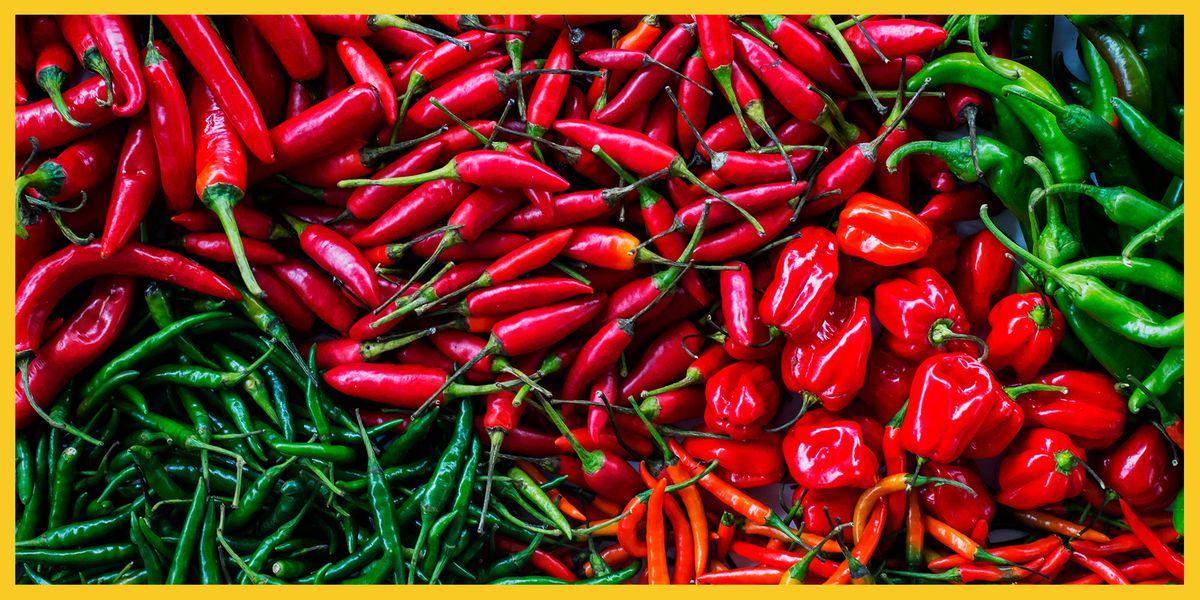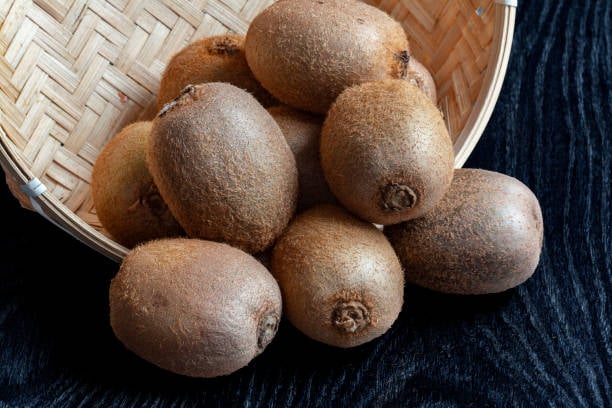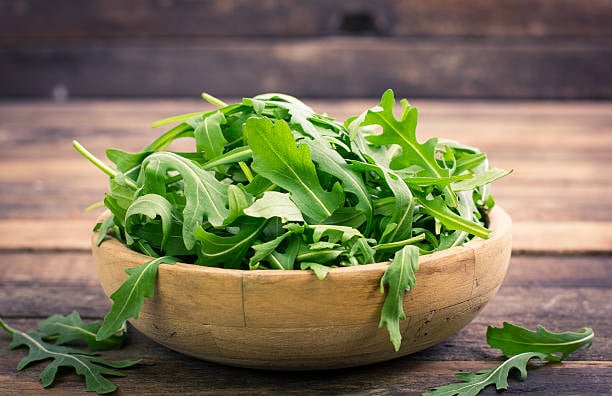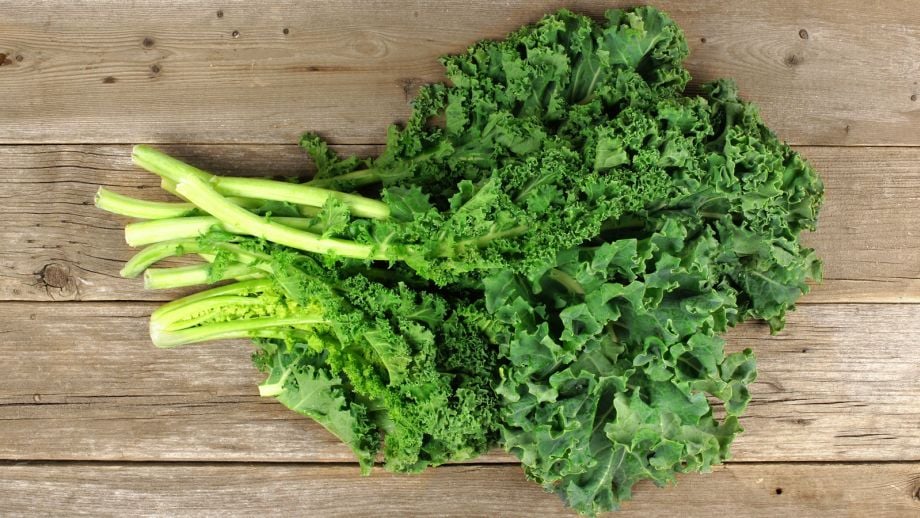Top 20 Vegetables That Are Easy To Grow In Your Home
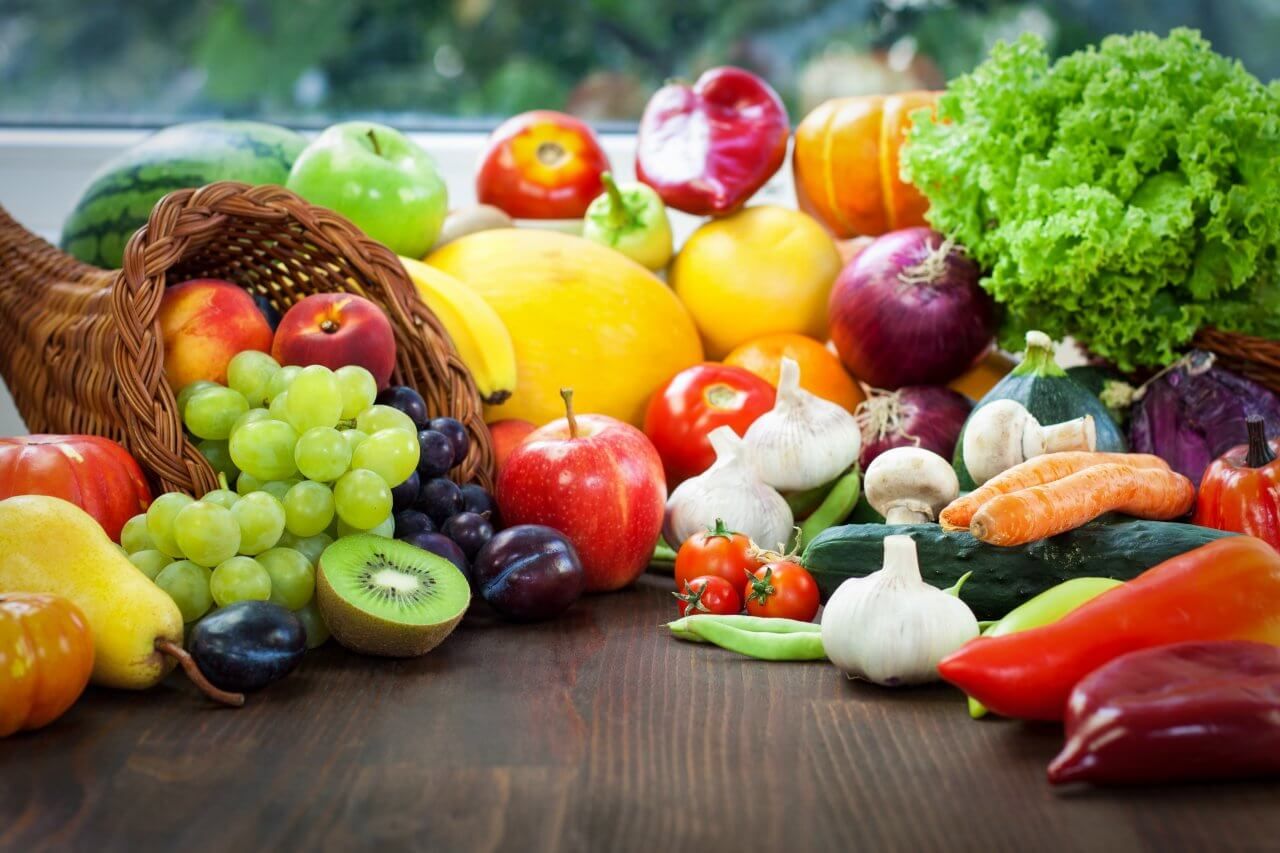
Table of Contents
Starting your gardening and growing crops in it can be a fun experience, although it becomes a little difficult if you are new to gardening. Some vegetables are easier to grow from seeds than others, and these can be directly sown into the garden soil.
Sowing seeds into the garden can be a great way of saving money, and they add variety to your yard. For starters, you can begin with small plants, i.e. transplants, purchased from a nursery as it is considered by many gardeners who grow vegetables in their backyard.
Lettuce, spinach, beans, peas, radishes, etc., are some of the vegetables that are found to be the easiest to grow, the reason being all of these are grown from seeds. Be the best version of yourself, create your vegetable garden, and bring positive change in your diet as well as your lifestyle.
So, don’t wait up, and let’s get started with gardening.
1.Lettuce
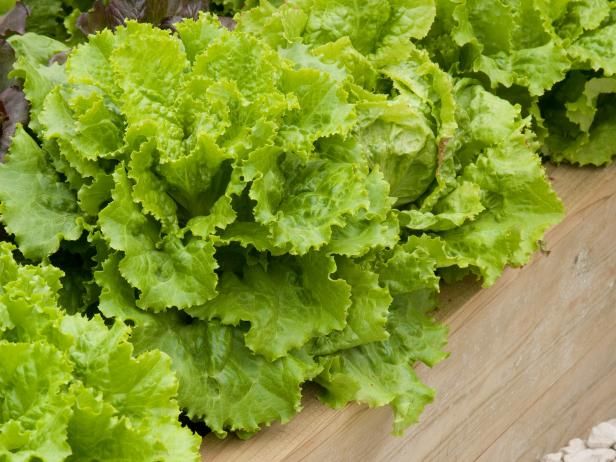
Lettuce is a versatile crop and one of The Easiest Vegetables to Grow in The Uk. It can be grown year-round and is easy to cultivate. It can be sown directly into the garden or started indoors for later transplanting. When grown in hot weather, it should be shaded and harvested when smaller. Growing lettuce in the shade slows its growth, making it slower to bolt and extending its harvesting period.
Leaf lettuce can be cut as it grows, allowing for multiple harvests from the same plant. Thin young lettuce plants for better head development, leaving 8 to 10 inches between plants. To avoid overproduction, sow a few lettuce seeds weekly. Thin the seedlings to 4-8 inches apart once they are large enough, depending on whether you prefer baby leaves or full heads.
2. Spinach
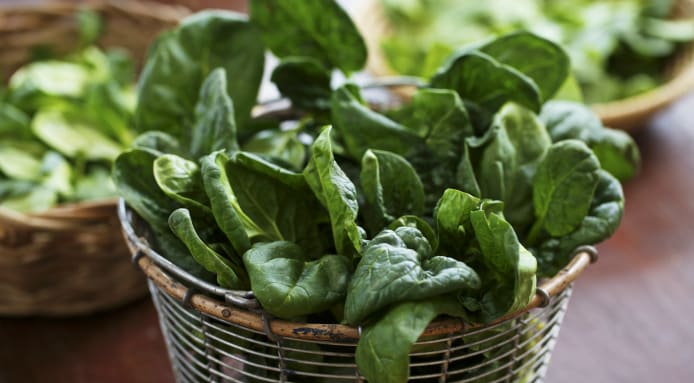
Spinach can be grown alongside lettuce and radishes without any issues. It grows best in cooler weather, so it is recommended to start planting spinach early. Once harvested, the area can be used for other crops, such as radishes, before planting spinach again in late summer or early fall. Spinach seeds can be planted by creating a shallow trench and sprinkling the seeds along it, covering them lightly with soil, and watering gently. Instead of thinning, spinach baby leaves can be harvested so other plants have enough space to grow.
It is crucial to plant spinach early to avoid bolting, which happens if planted too late in the season. Heat-resistant varieties should be sought in hot climates. Spinach can be used for sautéing or in salads, and baby leaves can be pinched from the outside.
3. Radish
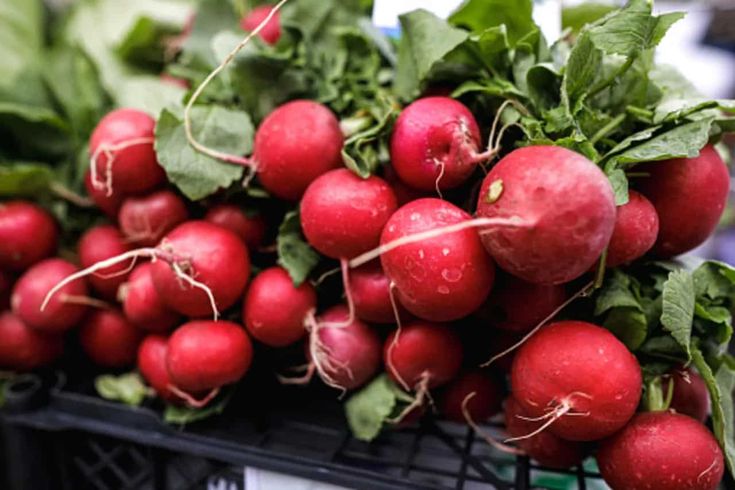
Radishes are a versatile and easy-to-grow crop that can be harvested as little as 24 days after planting. They can be planted in early spring or early fall and are ideal for interplanting with slower-growing vegetables. Mixing radish seeds with carrot seeds before sowing can help break up the soil and provide a continuous harvest. Radishes thrive in full sun but can also grow in shady areas.
They are resistant to pests and somewhat frost tolerant, and their peppery flavour makes them a delicious addition to salads and stir-fries. Simply sow the seeds directly into the garden or a pot and thin them 2-3 inches apart when they emerge. It is yet again the easiest vegetable to grow in the UK.
4. Peas
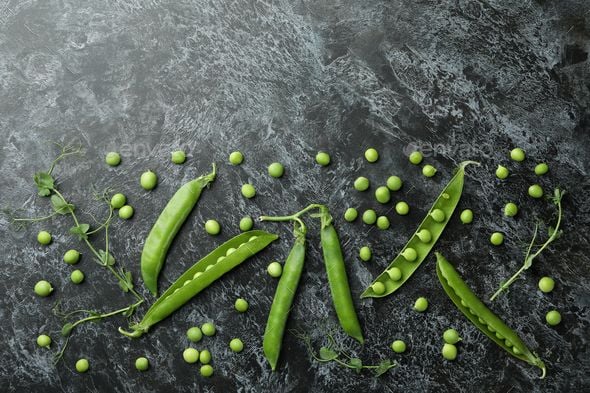
For a continuous supply of peas during summer, plant them as soon as the soil is workable, ideally two weeks before the last spring frost for your region. To have a variety of maturity dates, plant different types of peas simultaneously and continue sowing every two weeks until mid-June. Peas are great for raised beds, as they can start producing in as little as 45 days.
If you don’t have a trellis, choose a dwarf variety or allow the pea vines to trail over the sides of your raised bed. Direct sow pea seeds early in the season, as they grow quickly and can be one of the first plants to start producing in the garden. You can plant them close together, and harvesting them regularly will increase their yield.
5. Beets
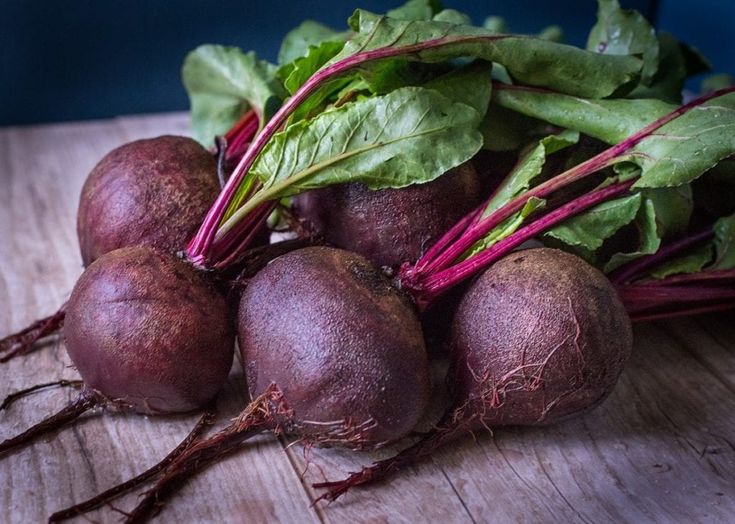
When it comes to beets, growing them in your garden tends to give a better taste compared to the ones bought from the stores. These crops are low maintenance and also are easy to grow at home. They need very minimal effort on the part of gardeners. The capsules of beet seeds contain two or three seeds in it which further needs to be thinned.
After the thinning process, the seeds are to be planted about an inch deep and 4 inches apart. When they reach their appropriate size, they are ready to be harvested. Even the leaves of beets can be eaten in the same way as spinach. Beets are considered to be rich in proteins and vitamins that can either be eaten as salad or soup.
6. Carrots
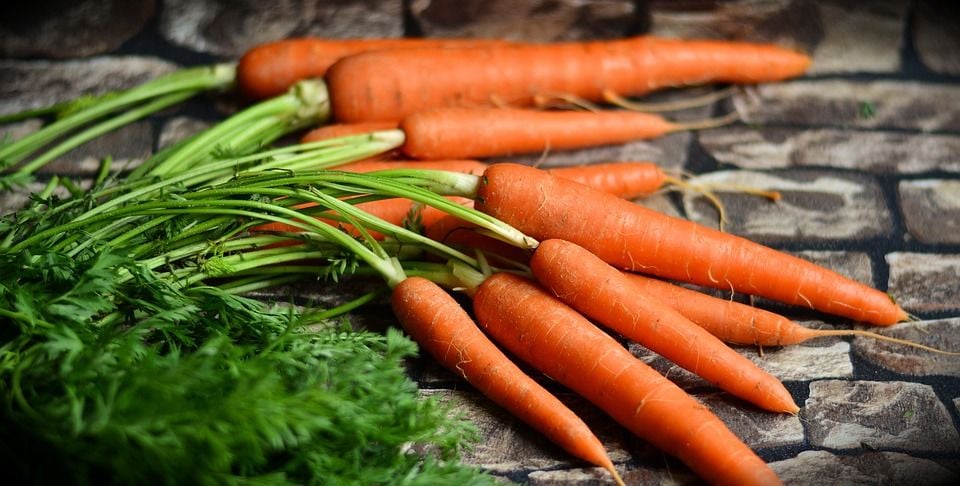
Harvesting carrots in a raised bed is an easy and successful method. Loose and aerated soil in raised beds allows root vegetables, like carrots, to have ample space to grow. You can plant 18 carrots per square foot of space, and it’s best to plant twice as many seeds as you need to allow for thinning.
Succession sowing carrots throughout the season will enable a continuous harvest. Although carrots can be challenging to grow, using mulch and keeping the soil well-watered during hot spells will help you achieve a successful harvest.
7. Swiss Chard
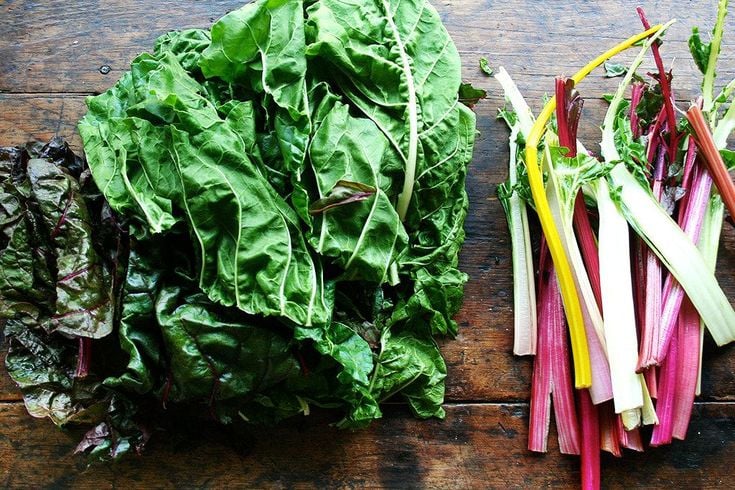
Although Swiss chard is not very popular, it is a resilient and low-maintenance vegetable that offers a wealth of nutritional benefits. It belongs to the beet family, is easy to grow, and does well in hot and cold weather. This superfood is high in vitamins A, C, and K, fibre, and phytonutrients. It comes in a range of colours, making it a beautiful addition to any garden.
Sow Swiss chard seeds in rows about a foot apart, half an inch deep. Once they start growing, thin them out to 10 inches apart. The leaves can be harvested in as little as 12 weeks and make for a tasty addition to side dishes and stir-fries.
8. Tomatoes
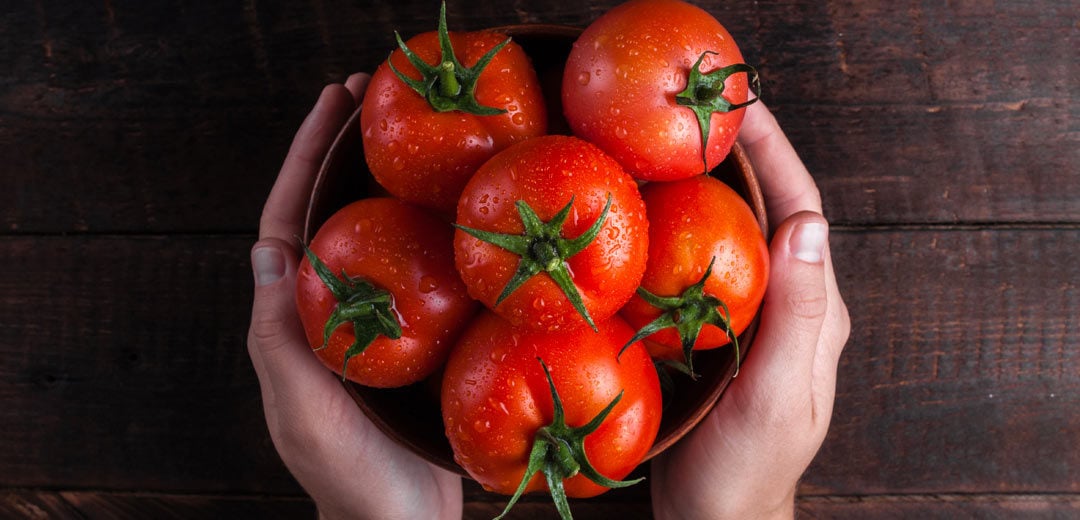
Tomatoes are a great plant to grow as they are versatile and easy to cultivate. If you have a small raised bed, opt for a smaller variety, such as cherry tomatoes. Determinate tomatoes require less space, while indeterminate tomatoes need more. You can grow them on trellises or cages or simply let them dangle over the edge of your raised bed. Plant them two feet apart to allow for ample growing space.
Purchase started plants from a nursery for easy planting. Indeterminate tomatoes continue to grow until frost and need to be staked, while determinate types bear fruit that ripens within a short period and grows up to three to four feet tall. Cherry tomatoes are best for novice gardeners and come in compact varieties suitable for containers.
9. Cucumbers
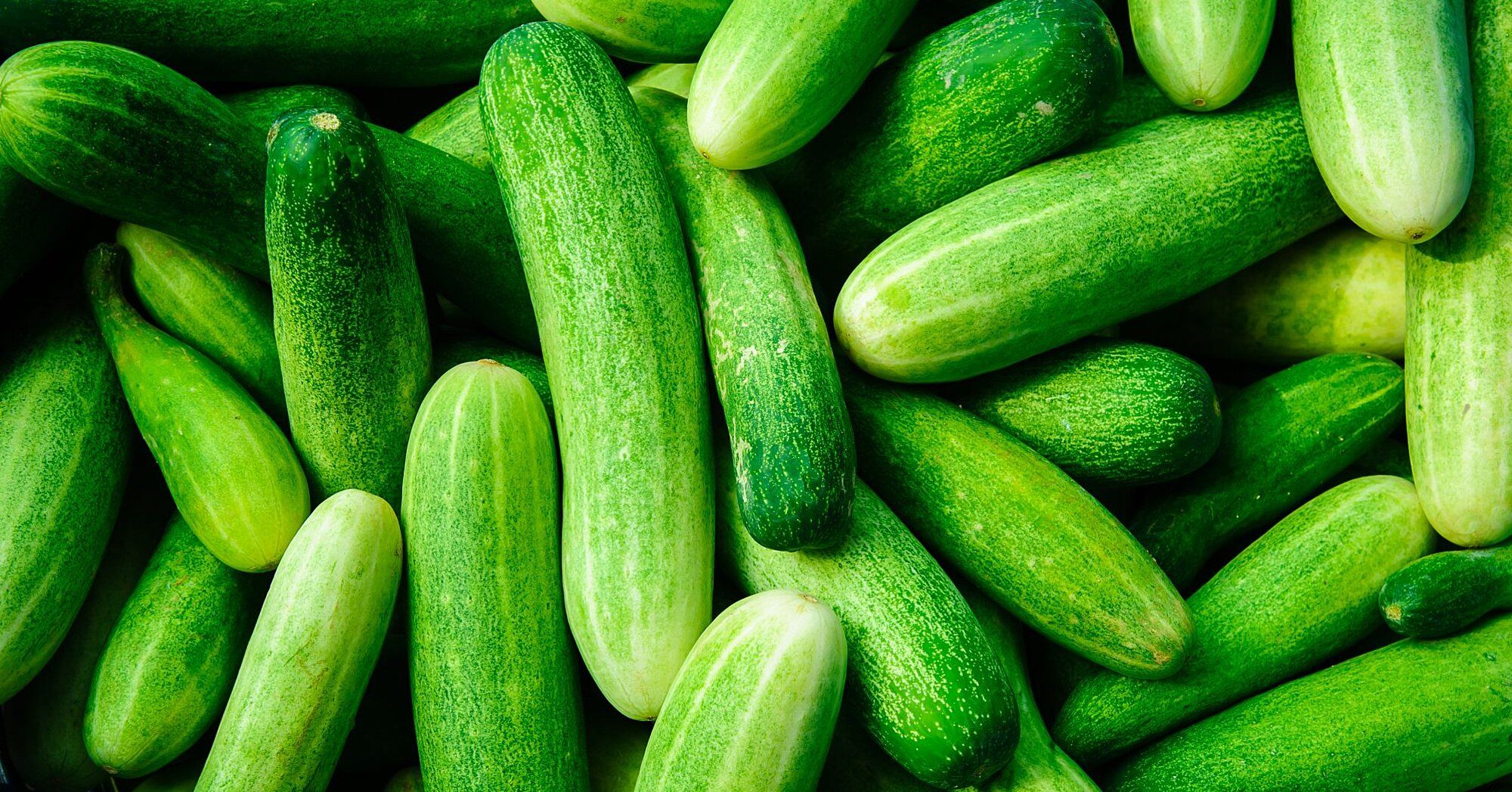
Cucumbers are a warm-weather crop that requires ample space for growth and a trellis or cage for vertical support. Before planting, prepare the soil with a nitrogen and potassium-rich fertilizer to promote high yields. Cucumbers thrive in sunny areas and can be planted next to a fence for climbing support and shelter or near corn for heat and wind protection.
Although they are a popular diet, those who dislike the taste should consider another vegetable, while fans of homemade pickles should add cucumbers to their garden. They can be grown directly in the garden or in a container for easy observation.
10.Potatoes
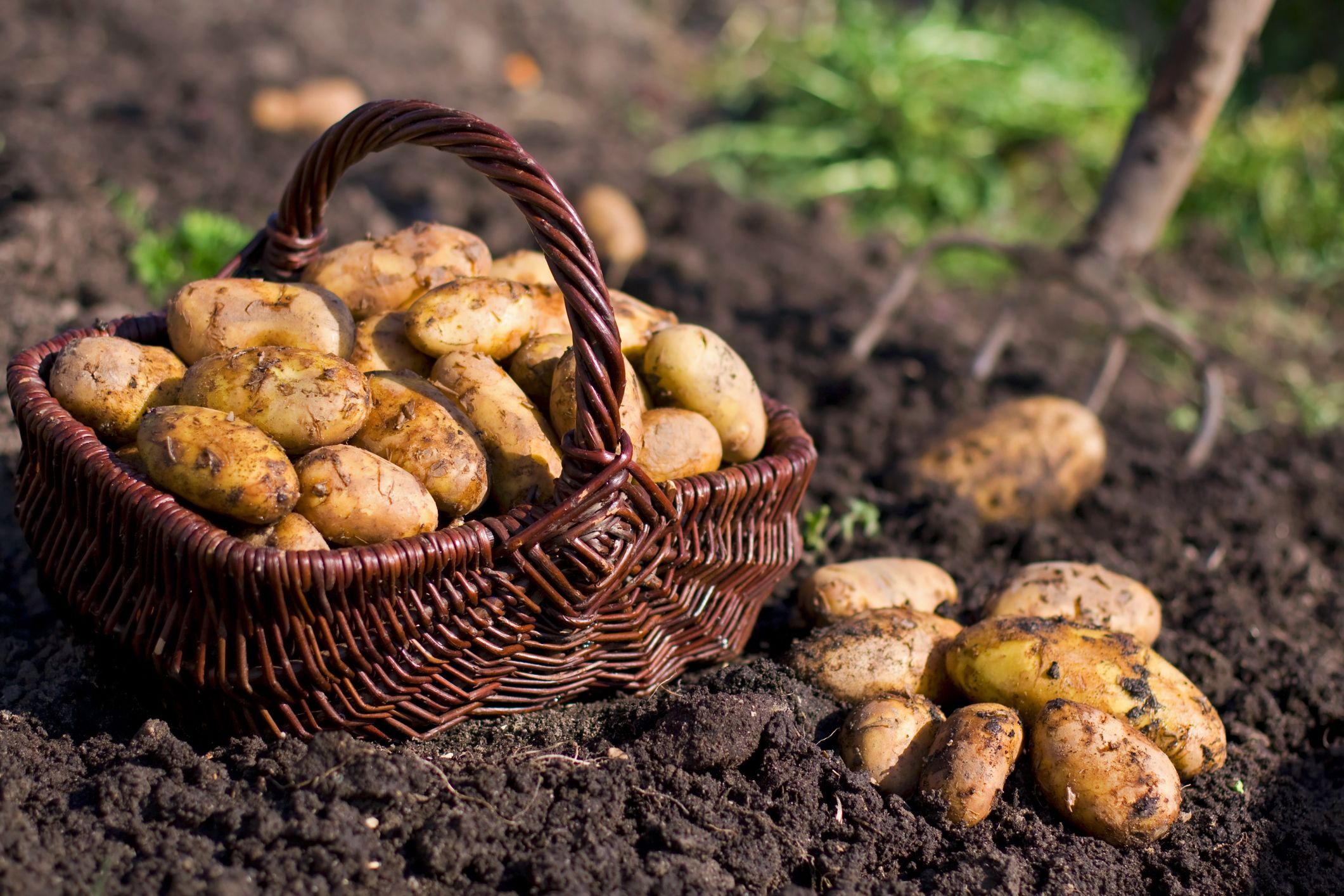
Growing potatoes in your garden is a rewarding experience. These vegetables need direct sunlight for at least 6 hours every day, and the soil around them must have a pH value between 5.0 to 7.0. Specifically for planting, seed potatoes are available where all you need to do is to cut them into small pieces and plant them 4 to 6 inches deep in the soil.
Water them deeply once every week but if the weather is hot or fry, water them more often, and keep applying the balanced fertilizers. When the foliage turns yellow, they are ready to harvest. Store them in a cool and dark place after digging and drying them up.
11. Onions
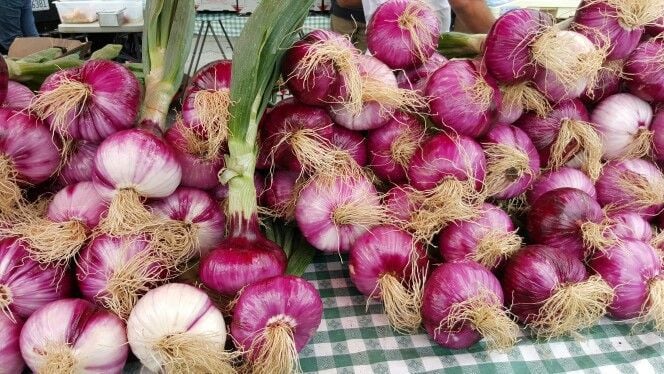
Onions are a great addition to raised beds and can be planted to naturally deter pests from nearby vegetables such as kale, broccoli, cabbage, tomatoes, lettuce, and peppers. Plant onion sets in early spring for easy cultivation, or start seeds indoors 8 to 10 weeks before the last frost date to get a head start. To maximize space, plant onions in the gaps between larger plants or in a block or square foot section. Keep onions away from peas and beans.
12. Cabbage
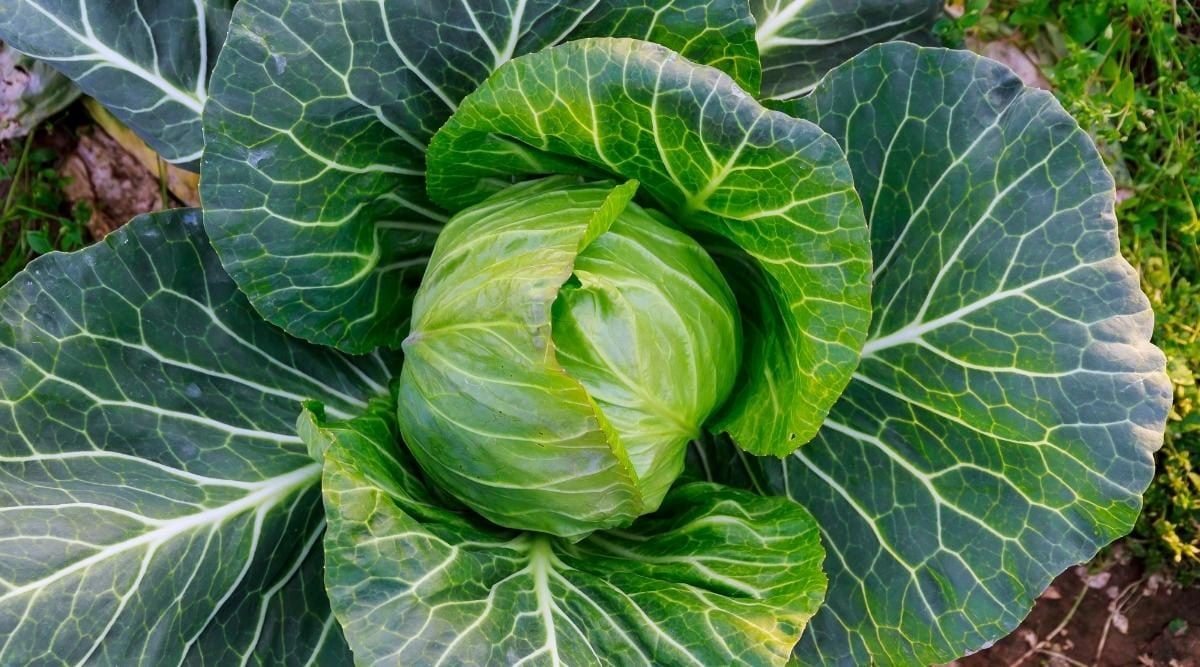
Belonging to the Brassica family, cabbage is a leafy green vegetable and is a cool-season crop. This crop needs well-drained, nutrient-rich soil where the pH level must be between 6.0 to 6.5. Generally, cabbage requires direct sunlight of 6 to 8 hours per day in order to thrive. They can either be sown indoors or outdoors, but exposure to sunlight is mandatory for them to grow and become ready to harvest. This crop is low in calories but is rich in nutrients like fibre, vitamin C, and vitamin K.
Moreover, it can either be eaten raw, cooked, or even as a side dish with salad, soups, stews, and coleslaw. When it comes to cabbage, it is found that there are different varieties in them, and each with distinct flavours and textures.
13. Kale
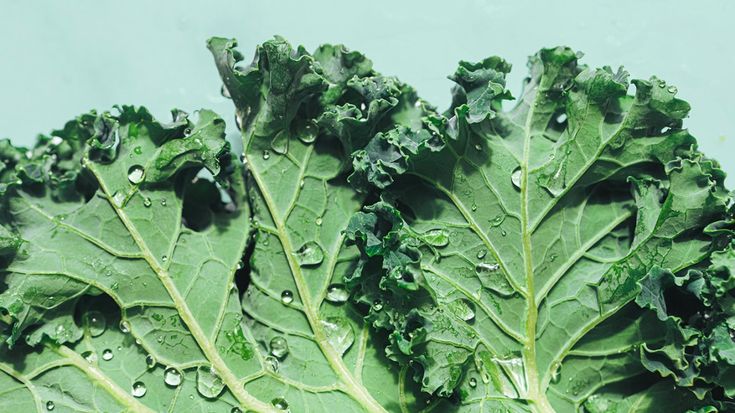
Kale is a super-food that can tolerate cold temperatures and survive through the winter. It can be grown from seeds or transplants in raised beds or containers. Mustards and collards, which are related to kale, are also easy to grow. You can plant them any time, from early spring to early summer, and they will keep growing until the temperature gets too hot.
Kale gets sweeter after frost and can be harvested at different stages of growth, including buds and flowers. It can be cooked in a variety of ways, such as baked, stir-fried, or steamed.
14. Bell Pepper
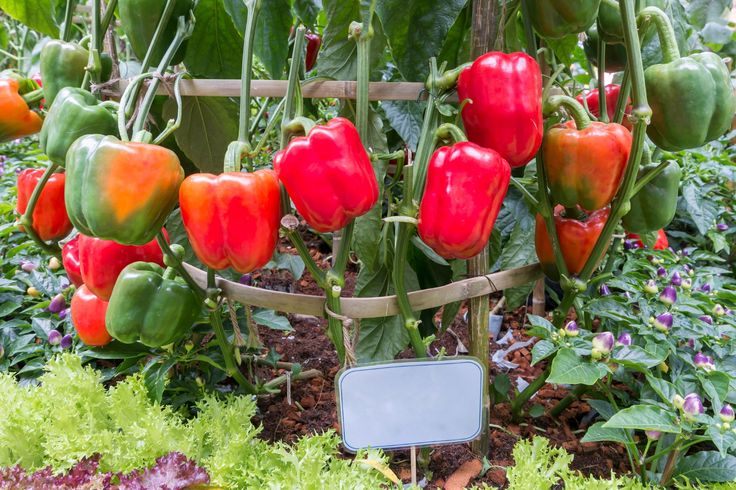
Bell peppers are an ideal vegetable for novice gardeners because of their delicious taste and simple cultivation. They adore warm temperatures, so it’s crucial to wait until the frost has passed before planting them. Place them in a bright spot, spaced about 4-6 inches apart, and with regular watering and monthly fertilization, they’ll grow well.
Peppers need support to grow tall, so make sure to have enough room. Transplants are preferable, but if you have time, you can start seeds indoors six to eight weeks before the last frost.
15.Scallion
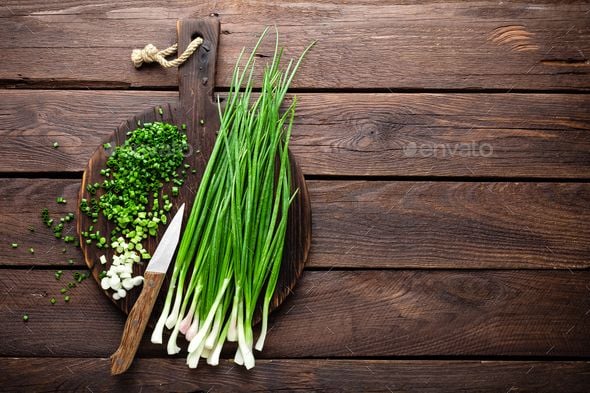
They are one of the easiest crops to grow at home and also can be grown at any location and in any climate. These crops can be planted as a seed, set, or plant. They prefer fertile soil with a pH between 6.0 and 7.5, and typically takes about 60 to 90 days to get matured. Planting scallions need a specific format, like; they should be planted in rows, each plant to be spaced 4 to 6 inches apart, whereas rows to be spaced 12 to 18 inches apart.
These plants should be watered regularly and fertilized every 4 to 6 weeks. Harvesting can either be done individually by pulling them out from the ground or all at once by cutting the stalks at the base.
16. Garlic
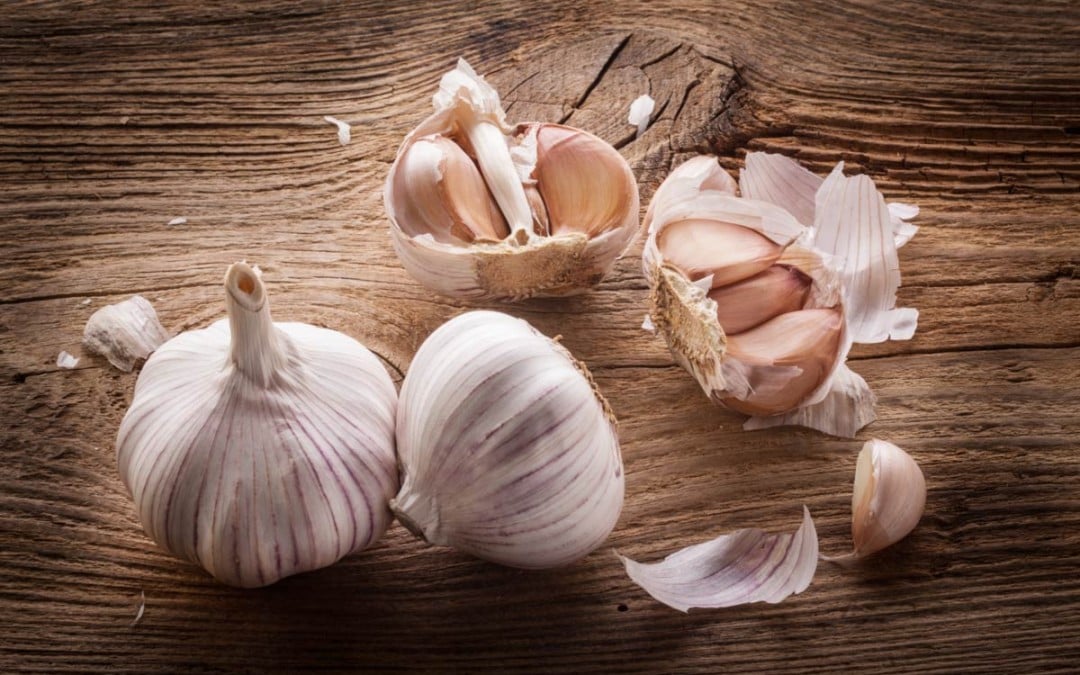
Growing garlic is a simple and rewarding experience that anyone can try. There are two basic types of garlic: soft neck and hard neck. Softneck garlic is made up of many cloves and can be stored for longer periods. Hardneck garlic produces curly “scapes” in late spring and bulbs in mid-summer. To plant garlic, individual cloves should be planted in the ground with the pointy side up in mid to late fall before the ground freezes.
By late spring or early summer of the following year, the garlic will be ready to harvest when the greenery has turned yellow and flopped over.
17. Arugula
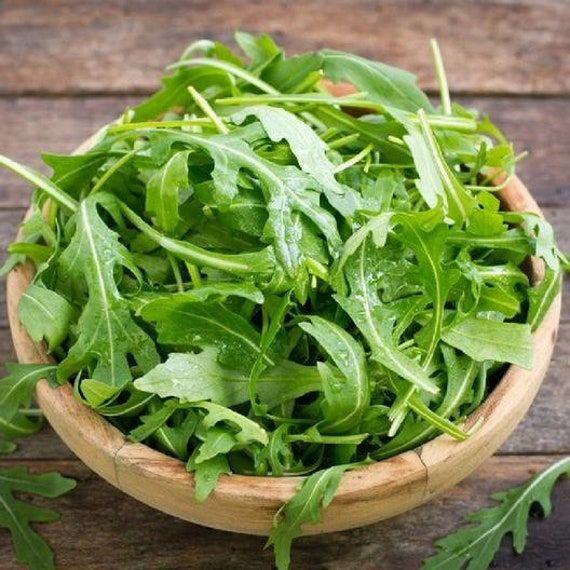
Arugula is an easy-to-grow, spicy salad green that prefers cooler temperatures and a bit of afternoon shade in the summer. Its tiny seeds should be planted in a small block of space with smooth soil, then lightly watered. Arugula can be harvested when young for a sweeter taste or when mature for a spicier flavour. Plants grown in the heat of summer may turn bitter and bolt, but the flowers are also edible.
18. Celery

Growing celery in a raised bed is a great idea due to its shallow root system. The plant can be grown from seed, starter plants, or by regrowing a new plant from the heart of a celery bunch bought at the supermarket. Celery prefers cooler weather, so starting seeds indoors 8-10 weeks before the last frost is recommended. After hardening the seedlings, they can be planted in the raised bed.
It is important to provide plenty of water and compost, but avoid letting the soil become soggy, as this can cause root rot. Once established, the celery can be continuously harvested.
19. Mint
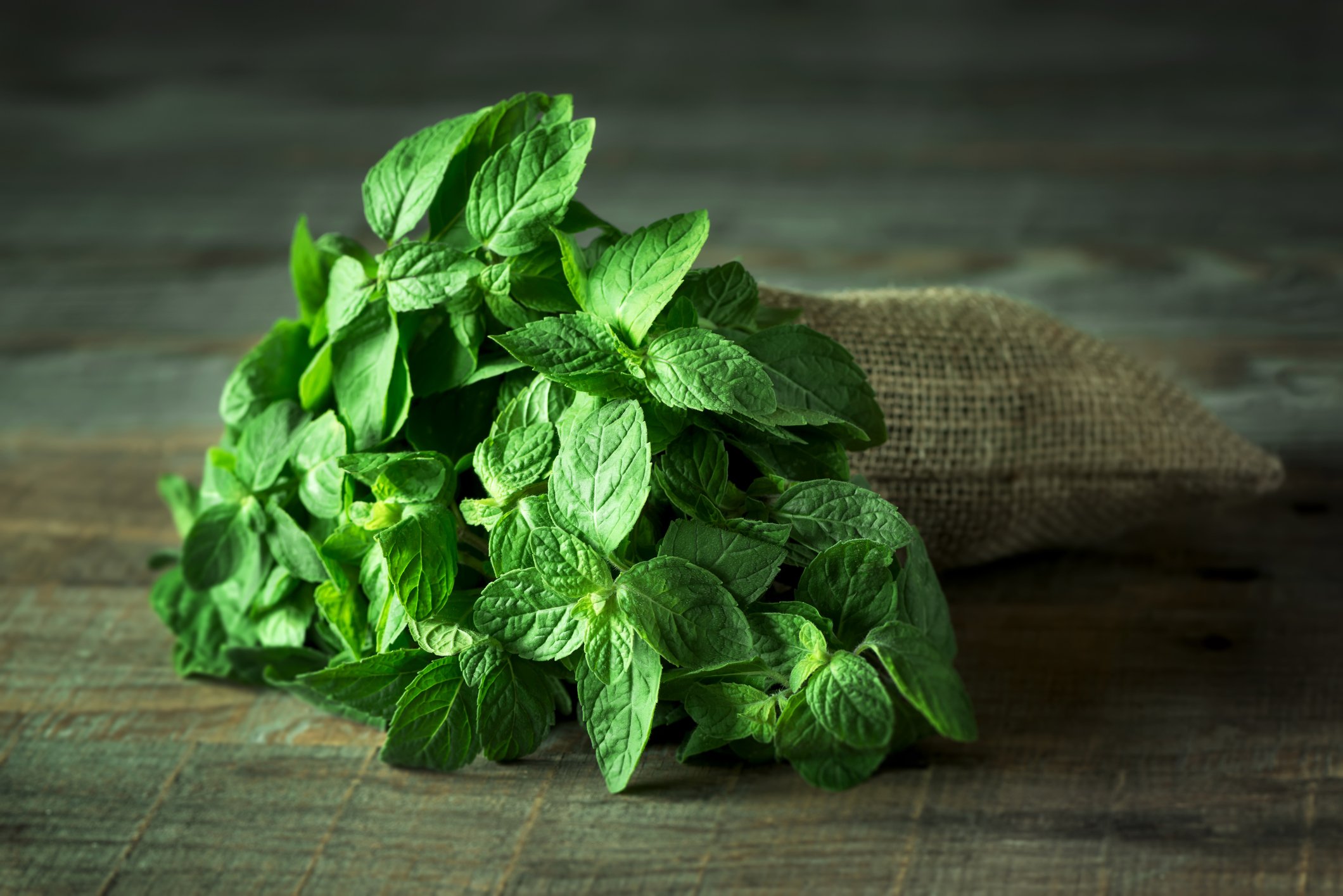
If you want to grow mint in your raised bed, it is a great choice due to its tendency to take over gardens and yards. To prevent it from spreading too much, plant it in a corner with full sun exposure and harvest it regularly. Growing mint from seed can be challenging, so it is best to get some from a friend or neighbour with similar growing conditions.
When transplanting mint, try to dig up a square foot section to ensure plenty of roots are included. Once established, mint is very drought tolerant and requires little maintenance.
20. Summer Squash
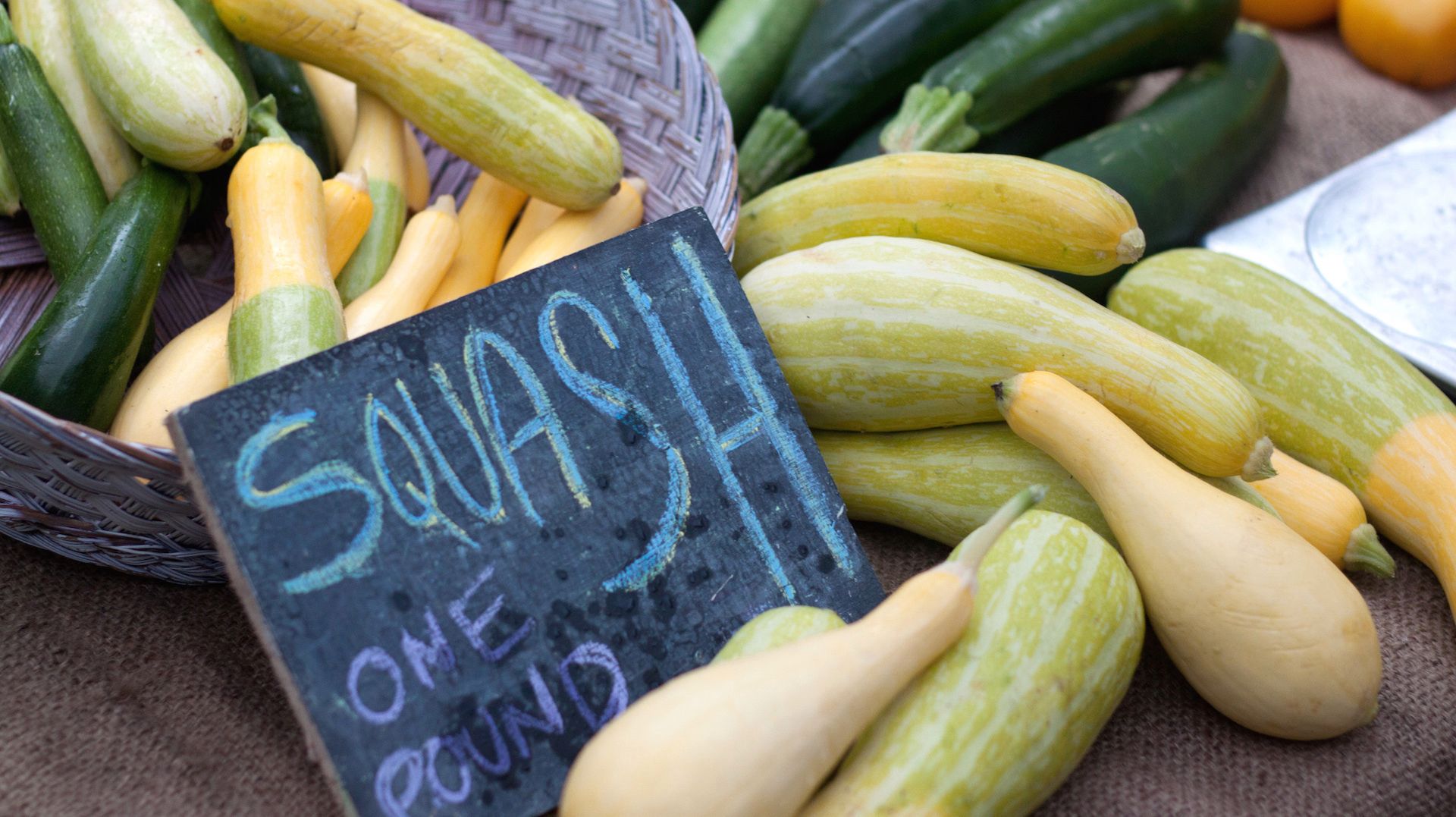
Summer squashes are known for being prolific producers and come in various shapes and sizes. To save space, bush varieties such as bush zucchini, yellow squash, and patty pan are recommended. Each plant should be given enough room to breathe for better air circulation to prevent humidity-related problems like downy mildew. These squashes produce quickly and heavily, providing an abundance of food in a small space.
Vining varieties such as spaghetti squash, acorn squash, or small pumpkins can be grown with a trellis or extra space, but larger and heavier squash varieties may need fruit support as they mature.
Final Takeaway
If you are looking forward to growing vegetables in your garden, here is a list of vegetables considered to be the easiest ones to grow at home. These vegetables do not need to be grown by someone with an expert level of experience.
You just need to select the right vegetable for your space which also should be according to the climate. Then, you just need to provide adequate water, sunlight, nutrients, and proper care, following which you can enjoy the harvest of fresh and nutritious produce straight from your garden or backyard. You can also seek help from a local gardener for growing vegetables at home.
Even the arrangement of your vegetable garden may be planned and put up by a gardener! Anyone may have a beautiful vegetable garden at home with simple plants to cultivate and the appropriate methods.
So why not give it a try and see what delicious and healthy vegetables you can grow at home?

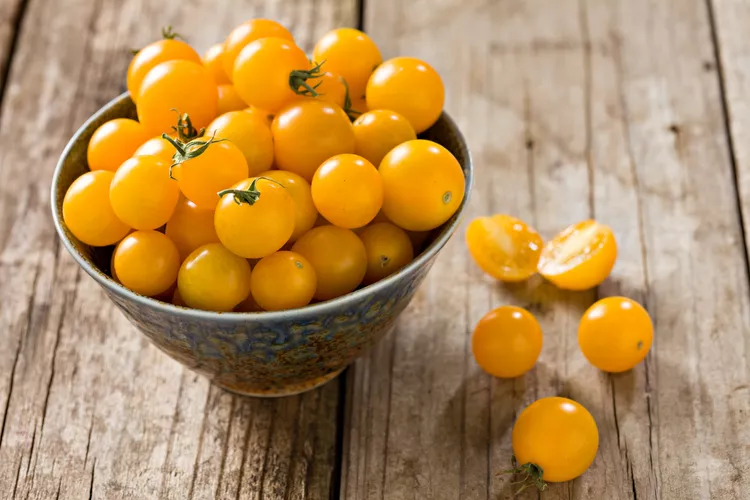
![When and How to Grow Broad Beans [UK]](https://staging.thearches.co.uk/wp-content/uploads/How-To-Grow-Broad-Beans-scaled.jpg)
